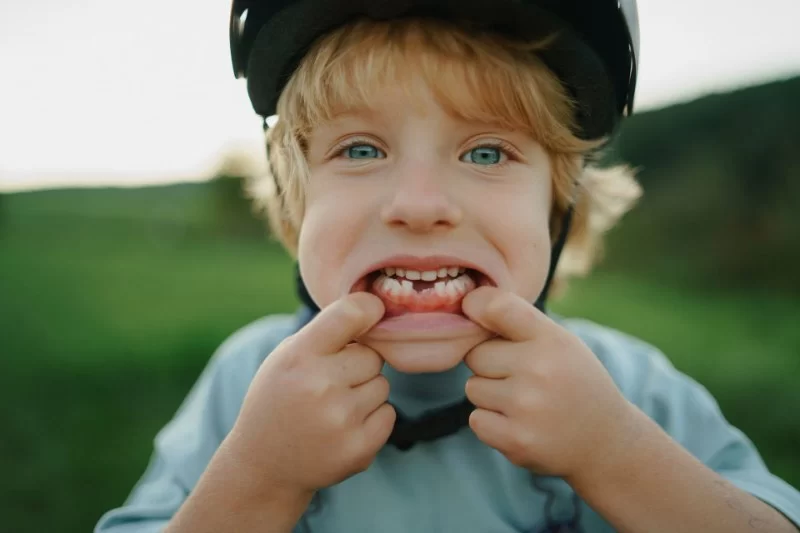
Building Good Habits Early: Why Oral Hygiene Matters for Kids
Children learn through imitation, routine, and play—making early dental education essential for lifelong oral health. Teaching kids proper brushing and flossing not only prevents cavities but also helps them associate self-care with confidence and responsibility. Many American parents struggle to keep their children consistent with brushing, but turning it into a daily ritual rather than a chore makes all the difference.
According to pediatric dentists, children who establish oral hygiene routines before age six are more likely to maintain healthy gums and teeth into adulthood. At Family Dentistry Online 【 】, professionals emphasize the power of patience and positivity in making dental care both educational and enjoyable.
Understanding How Children Learn Oral Hygiene
1. The Role of Parental Modeling
Kids mirror the behavior of adults. When parents brush and floss regularly—and let their children see it—it normalizes the habit. Try brushing together as a family for a few weeks. This shared activity reinforces that oral care isn’t optional but part of everyday life.
2. Using Visual Learning and Play
Children understand best through visuals and interaction. Use storybooks, colorful toothbrushes, and educational videos about “sugar bugs” or “tooth superheroes.” Turning brushing into a game—like racing to see who can make the most foam—transforms a daily task into a fun activity.
3. Positive Reinforcement Works Wonders
Instead of scolding kids for skipping brushing, reward consistent effort. Sticker charts, small prizes, or verbal praise can motivate children to keep up the good work. Over time, this positive association replaces resistance with enthusiasm.
Age-Appropriate Techniques for Teaching Oral Hygiene
1. Toddlers (Ages 1–3)
Start early, even before the first tooth appears. Gently clean gums with a damp cloth to remove bacteria. Once teeth emerge, use a soft-bristled baby toothbrush and a rice-sized amount of fluoride toothpaste. Let your child hold the brush and imitate your motion—it builds autonomy and comfort.
2. Preschoolers (Ages 3–6)
At this stage, supervision is key. Teach them the “2x2 rule”: brush for two minutes, twice a day. Music timers, brushing songs, or apps like “Brush DJ” help make timing fun. Introduce flossing once teeth touch, explaining that “floss gets where your brush can’t reach.”
3. School-Age Kids (Ages 7–12)
Older children can handle brushing and flossing independently but still benefit from gentle reminders. Encourage them to think of brushing as “armor for their smile.” Discuss diet choices, such as limiting sugary snacks and choosing water over soda. At this stage, they can also start using mouthwash safely under adult supervision.
Creative Ways to Keep Kids Engaged
1. Turn Routine into Storytime
Invent stories around brushing—like “Captain Sparkle and the Plaque Pirates.” Children love fantasy, and creative storytelling gives meaning to the task. This technique has been proven in pediatric psychology to increase consistency in repetitive tasks like toothbrushing.
2. Make It Interactive
Let children pick their toothbrush and toothpaste flavor. Giving them a choice—bubblegum, strawberry, or mint—creates a sense of control. This small empowerment often reduces pushback during brushing time.
3. Connect with Technology
There are kid-friendly apps that guide children through brushing with animations and timers. For example, some smart toothbrushes sync with mobile games, rewarding kids for brushing properly. Integrating technology keeps the habit relevant in today’s digital world.
Common Challenges and How to Overcome Them
1. “My Child Hates Brushing”
This is a common complaint. The solution is consistency and empathy. Avoid forcing the brush into their mouth—try distraction techniques like letting them brush your teeth first. It builds trust and turns discomfort into curiosity.
2. Fear of the Dentist
Many children associate dental visits with fear. To counter this, talk positively about dentists. Describe them as “tooth helpers” and take your child for their first check-up by age one. Bring their favorite toy or comfort item to make the experience pleasant.
3. The Sugar Problem
Excessive sugar intake leads to cavities. Instead of strict bans, teach balance—enjoy sweets in moderation and brush afterward. Framing it as “protecting your teeth from sugar monsters” keeps the message fun and effective.
Building Lifelong Confidence Through Dental Care
Good oral hygiene isn’t just about clean teeth—it’s about confidence, health, and well-being. Children who grow up understanding the value of self-care are more likely to carry those habits into adulthood. From a psychological perspective, routines like brushing give kids a sense of structure and accomplishment each day.
At Family Dentistry Online 【 】, dental experts encourage parents to see oral hygiene as a journey rather than a task. With patience, creativity, and consistency, you’re not only teaching your children how to care for their teeth—you’re helping them build habits that shape a healthier, happier future.



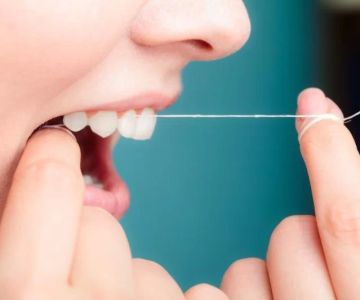
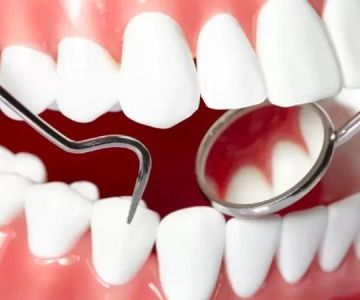

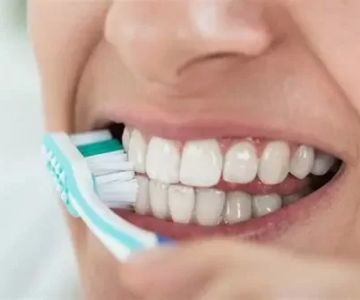
 Kurtis R. Finley DDS (Palo Alto Endodontic Group)5.0 (5 review)
Kurtis R. Finley DDS (Palo Alto Endodontic Group)5.0 (5 review) Haddon Lake Dental Associates4.0 (21 review)
Haddon Lake Dental Associates4.0 (21 review) Dr. Melanie Williamson, DMD5.0 (5 review)
Dr. Melanie Williamson, DMD5.0 (5 review) Valley View Dental4.0 (1195 review)
Valley View Dental4.0 (1195 review) Batastini Frank DDS5.0 (1 review)
Batastini Frank DDS5.0 (1 review) The Importance of Oral Health Education During Pregnancy for a Healthy Pregnancy
The Importance of Oral Health Education During Pregnancy for a Healthy Pregnancy Best Tips for Brushing Your Teeth Properly for Healthy Gums: Essential Techniques for Oral Health
Best Tips for Brushing Your Teeth Properly for Healthy Gums: Essential Techniques for Oral Health Why Skipping Dental Checkups Can Lead to Bigger Oral Health Problems
Why Skipping Dental Checkups Can Lead to Bigger Oral Health Problems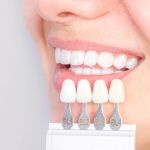 Advantages of Porcelain Dental Restorations
Advantages of Porcelain Dental Restorations How Can Diabetes Cause Tooth and Gum Problems? Preventing and Managing Oral Health Issues
How Can Diabetes Cause Tooth and Gum Problems? Preventing and Managing Oral Health Issues Healthy Habits for Promoting Good Oral Health and Hygiene: Tips for a Healthy Smile
Healthy Habits for Promoting Good Oral Health and Hygiene: Tips for a Healthy Smile